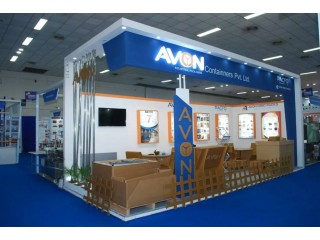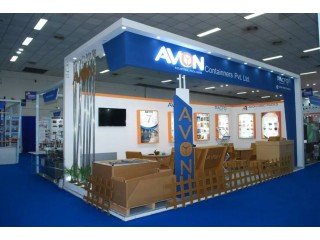Difference Between Fusion Welding and Solid State Welding Private
1 year ago - Multimedia - Warangal - 144 viewsWelding is one type of manufacturing process by which two or more similar or dissimilar materials can be joined permanently by weld bead formation with or without the application of external pressure, heat or filler material. There exist different types of welding processes, each of them follows unique procedure to weld two or more components. Welding processes can be broadly classified as arc welding, gas welding, resistance welding, solid state welding and intense energy beam welding. Each of these class once again consists of several welding processes. Irrespective of the welding process, a weld bead formation is always desired to join the components by welding. This weld bead forms at the intersection of two components that are welded. It is also worth mentioning that fusion of the faying surfaces of the parent components is not necessary for weld bead formation. In some welding processes, the faying surfaces are fused with the application of heat to get the weld bead, while in other processes, weld bead can be obtained without melting the faying surfaces. On the basis of whether base materials are fused or not, welding processes can be broadly classified into two groups—solid state welding and fusion welding.
In all such welding processes where the faying surfaces of parent components along with the filler material are fused to form the weld bead are called fusion welding. Sufficient heat must be applied by external means for properly fusing the faying surfaces of base metals as well as the filler metal. Thus phase change (solid to liquid and once again liquid to solid) occurs in fusion welding. All arc welding, gas welding, resistance welding and intense energy beam welding processes are fusion welding. On the other hand, if no such melting takes place during welding, then it is termed as solid state welding. Here the joining takes place in solid state and no phase change occurs. However, in solid state welding, parent components may be heated to an elevated temperature but substantially below the melting point of the concerned material (and thus no melting occurs). Instead of external heat, application of pressure is usually necessary for this type of welding. Roll welding, diffusion welding, friction welding, etc. are considered as solid state welding processes. Following passages elaborate similarities and differences between fusion welding and solid state welding.


















